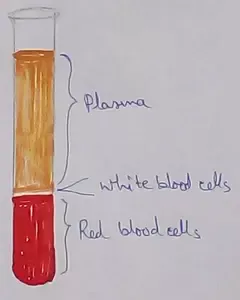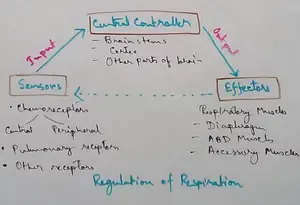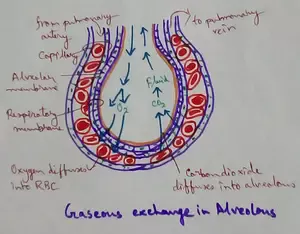Soil and its Types
Soil and its types are mainly classified on the basis of properties and sizes of different particles present in it.
The three major types of soils are sandy soil, loamy soil and clay soil.
Sandy soil: In sandy soil 80% — 90% coarse contains sandy materials and 10% - 20% fine clay materials. Here the soil articles are very loosely packed, so it has plenty of air spaces. But this soil cannot hold sufficient water. The humus content of it is also very low.
Sandy soil is not suitable for normal plant growth as it is dry and has lesser nutrients. A very few plants like cucumber, gourd, watermelon grow in this soil.
Loamy soil: In loamy soil contains of sandy materials and clay materials are almost equal. This type of soil contains sufficient humus. Both aeration and water retaining capacity of this soil are moderate. These features make this soil very fertile. In this soil all types of crops and vegetables grows well.
Clay soil: In clay soil 80% - 90% contains
fine clay materials and 10% - 20% coarse sandy materials. It is very rich in
humus also. So this soil becomes very sticky and dense. Aeration is very poor
but it can retain a lot of water. These features make this soil unsuitable for
normal agriculture. Some larger plants like mango, jackfruit, etc., grow in this
soil. This soil is used to build the walls of earthen huts and to prepare idols
of gods and goddesses because when it dries up it becomes very hard.
Besides sandy soil, loamy soil and clay soil there are few other types of soils with some special features. These are silty soil, black soil, lime soil, red soil, salty soil and gravel soil.
From Soil and its Types to HOME PAGE
Recent Articles
-
What Is Plasma? | Blood Plasma | Proteins | Nutrients | Cholesterol
Nov 07, 25 10:29 AM
Blood is a mobile fluid which is a connective tissue and is derived from the mesoderm like cell any other connective tissue. Colour of blood is reddish and that flows inside the blood vessels by means… -
Disorders of Respiratory System | Tuberculosis | Pleurisy | Emphysema
Oct 28, 25 11:39 PM
Tuberculosis is very common disease and is caused by a type of bacteria called Mycobacterium tuberculosis. This disease causes different trouble in the respiration and infection of several parts of th… -
Regulation of Respiration | Respiratory Centres | Inspiratory Area |
Oct 14, 25 12:13 AM
Respiratory Centre is the area that controls the rate of respiration and it is observed to be located in medulla oblongata and pons. Respiratory Centre has the following will dispersed components like… -
Explain Transport of Gases | External Respiration | Tissue Respiration
Oct 09, 25 11:35 PM
In humans gaseous exchange is completed in the following ways the steps are - External Respiration or Breathing - Breathing in false taking in of Oxygen and giving out of carbon dioxide in the body. M… -
Kind and Number of Teeth | Location of Teeth in Mouth | Care of Teeth
Sep 11, 25 12:52 AM
Kind and Number of Teeth





New! Comments
Have your say about what you just read! Leave me a comment in the box below.